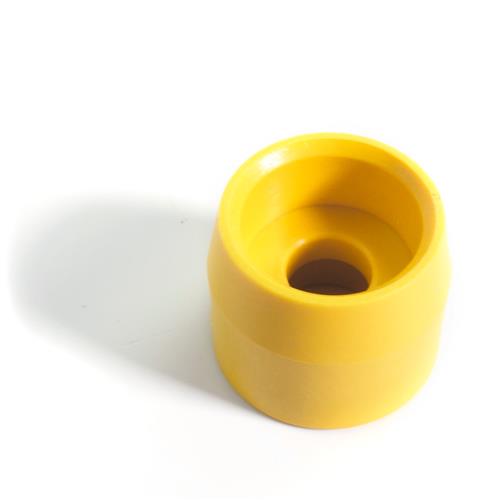If you find a NOS hose with a restrictor in it, that would be awesome. When I did mine many years ago, I got my part from the Ford parts counter but... No restrictor.
It was somebody on this very site that told me about rescuing the old one.
It was somebody on this very site that told me about rescuing the old one.






 )
)